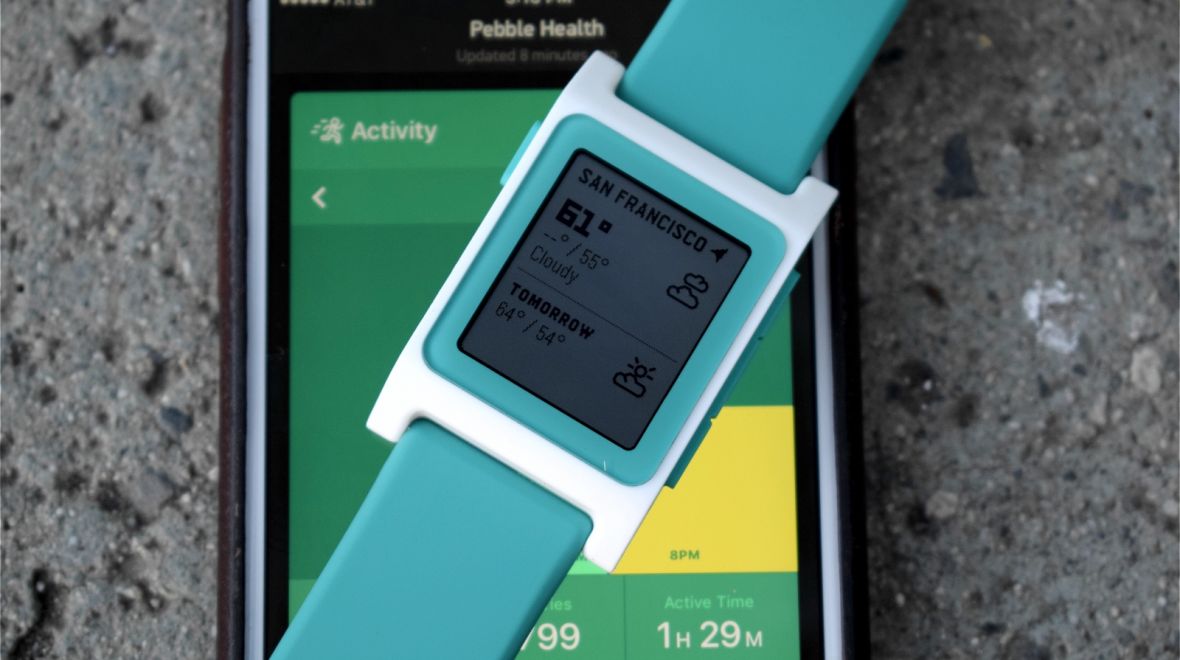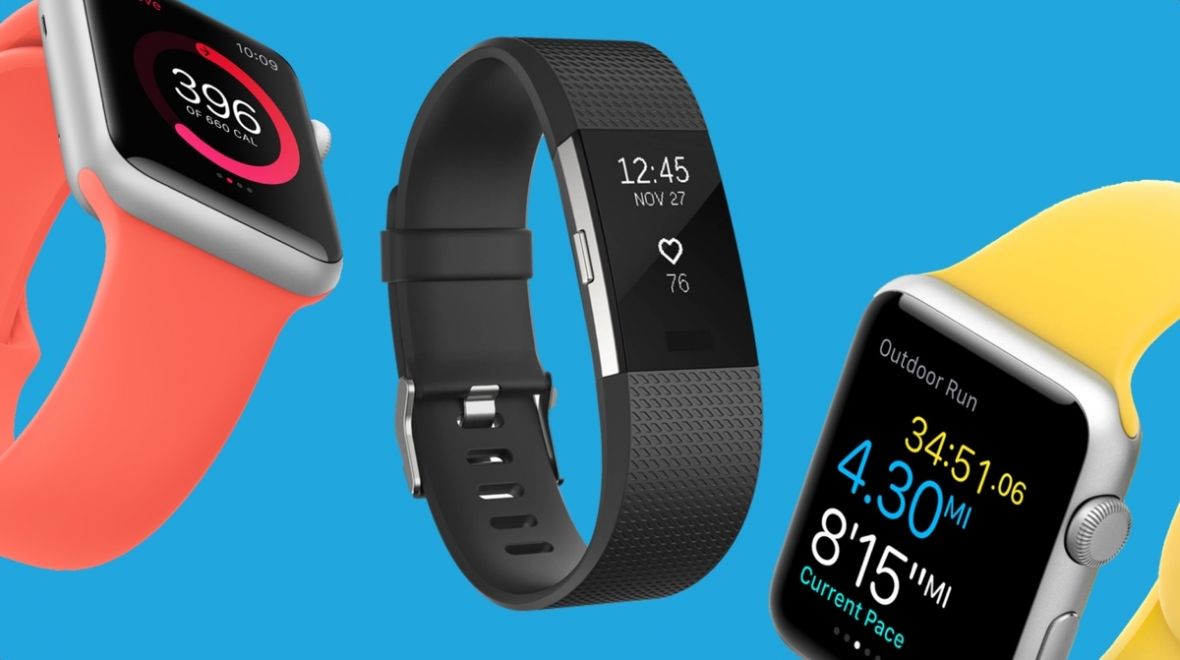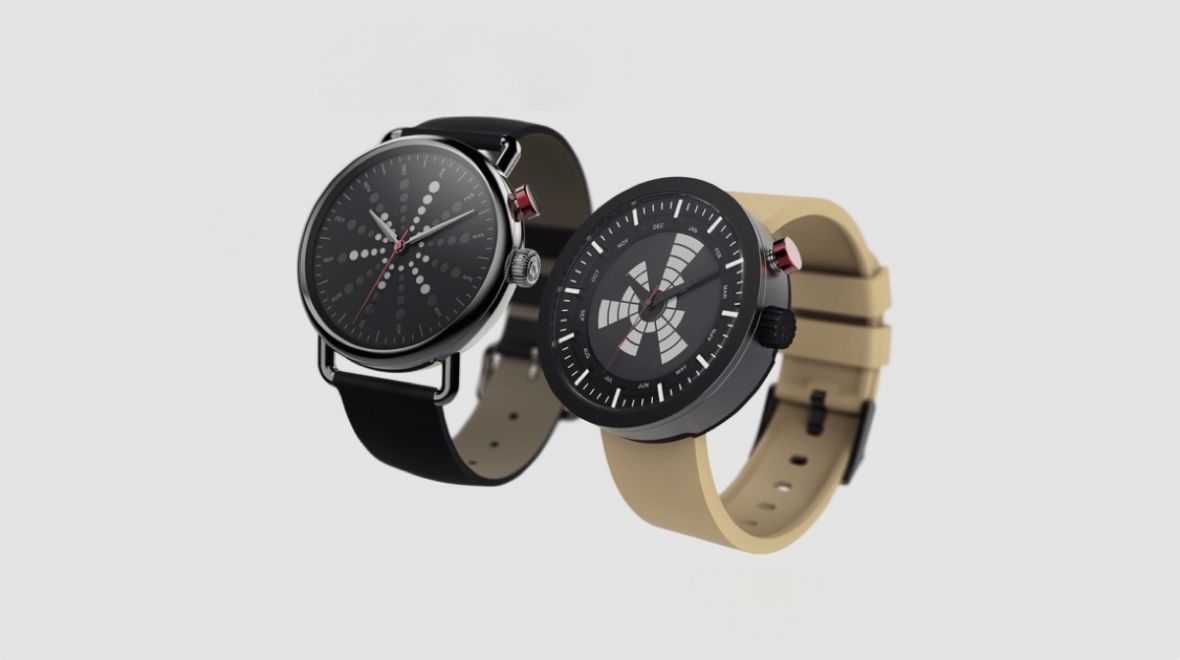When you look at the heavyweights of the wearable division, Garmin and Fitbit are firmly within the elite group.
Both have managed to carve out a name for themselves when it comes to fitness trackers, while Garmin also has an ample stable of smartwatches to choose from – an area Fitbit will be looking to test with its own smartwatch in the coming months.
Read this: Fitbit smartwatch details
But despite the competition both provide, a number of differences between the platforms exist. Below, we’ll dive into the key devices that Fitbit and Garmin have on offer, what headline features they pack and how the companion apps compare. Read on for our full verdict.
Garmin v Fitbit: Devices
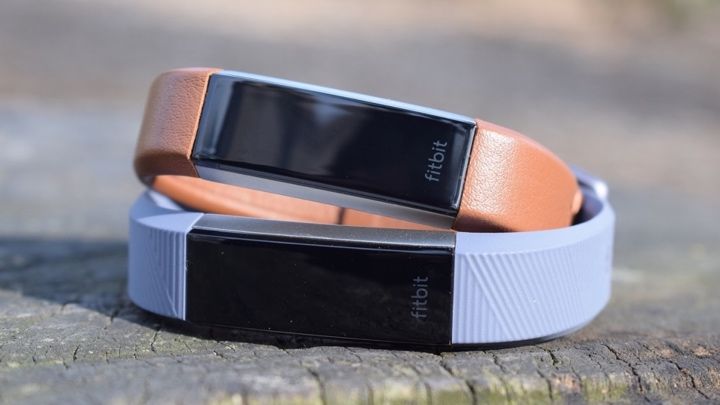
Let’s kick things off with Fitbit and its legion of fitness trackers. With the company only dealing in this area until the release of the first Fitbit smartwatch, you’ll be looking to Garmin or elsewhere if you’re in need of a bonafide smartwatch.
Fitbit does offer what it describes as smart fitness watches in the form of the Fitbit Blaze and the older Fitbit Surge – also its most expensive devices, with both coming at $199.95 – but its prevalence is largely down to the Charge, Alta and Flex fitness trackers.
All are two iterations deep into their life, with the Flex providing an entry-level, no screen, waterproof option and the Alta (and its newer Alta HR sibling) representing the customisable, stylish, everyday side of Fitbit. For those who want more detailed fitness metrics, the Fitbit Charge 2 is a solid option to explore.
As for Garmin, well, things are a little more complicated, such is the depth on offer. In terms of fitness trackers, the headliner is currently the Garmin Vivosmart 3 – its latest attempt to compete with Fitbit. While its usefulness is limited by the lack of GPS, it does still offer heart rate monitoring, VO2 Max stats and strength training and makes a big push into wellness with its stress tracking. And thankfully, for those looking for a little more fitness punch, the Garmin Forerunner 935 is on hand to pick up the slack, giving you all of the above, as well as GPS and a horde of modes to track your exercise in.
The big daddy of them all, though, is the Garmin Fenix 5 – a rugged outdoor option which also offers two off-shoot styles, the behemoth Garmin Fenix 5X and the more svelte Garmin Fenix 5S.
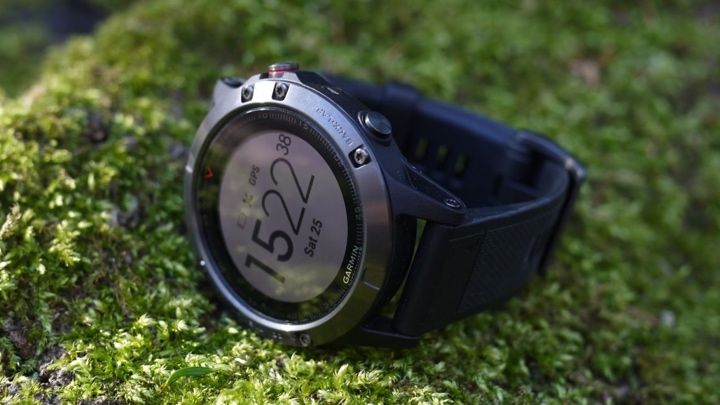
With any of the Garmin models listed above, it’s worth bearing in mind that their predecessors are often still very strong options within the field. You may not be getting the most up-to-date feature package, but you’re still likely to pick up the essentials, while also saving a bit of coin.
And though the above represents the main acts in Garmin’s lineup, it also dabbles with golf, per the Garmin Approach S60, a kid’s tracker, in the form of the Garmin Vivofit Jr, and boating with the Quatix 5.
At base level, these two companies are really an inversion of each other: Fitbit brings more fitness trackers to the table and a solid-but-not-elite smartwatch imposter, while Garmin is more smartwatch-focused and dips into more stripped-back fitness tracking with the Vivosmart range.
It’s the little things that separate these two. For example, Fitbit will generally provide users with more stylish wearables and much more customisation, while Garmin’s devices tends to lean towards a masculine look. To offset this, of course, you’re given a bevy of physical options to choose from.
Garmin v Fitbit: Apps
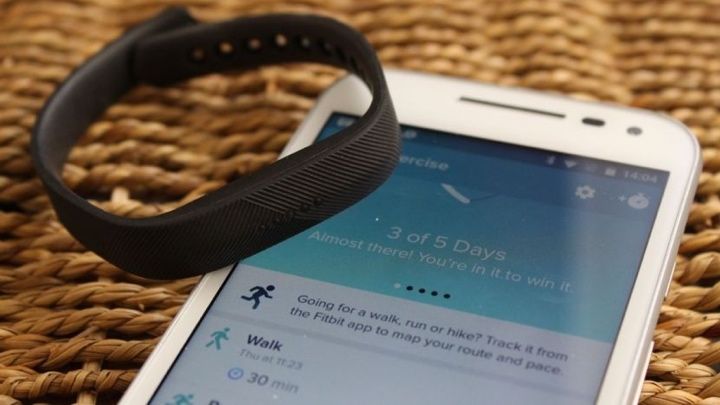
While the hardware options will undoubtedly play a factor in your decision to lean towards one or the other here, it’s the companion apps and wider ecosystem that can often win these battles and keep you coming back.
Take Fitbit, which, while maybe not providing the most detailed after-workout metrics in the business, still manages to offer one of the more rounded fitness platforms. This is particularly the case for beginners, who are able to dive into trends, dedicated workouts, sleep tracking and social aspects, such as linking with friends and challenges.
We have our picks for the best Fitbit compatible apps, so we won’t go over them again here, but there are many third-party apps that will shake hands with Fitbit, allowing you to pass data for workouts, calories and other information between them. Strava is a good example of this, letting you feed your runs into your daily Fitbit stats, while any Fitbit activities will also show up in the Strava app.
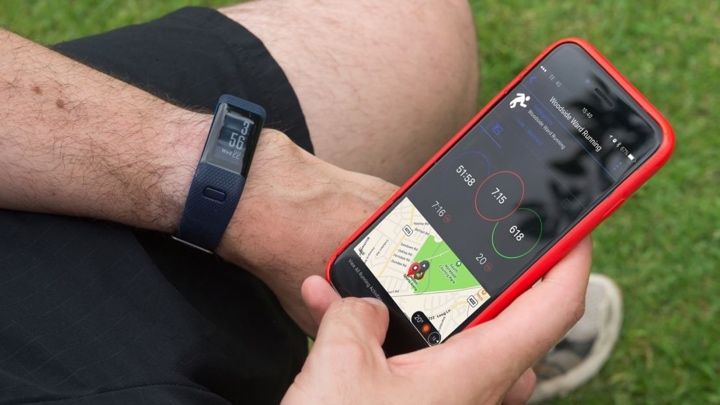
As for Garmin, you’ll be dealing with Connect, the home of your activity, and ConnectIQ, the store for you to pick up apps and new watch faces. As with Fitbit, we have a comprehensive look on how to run better with Garmin Connect and a Garmin Connect IQ guide, but we’ll skim through the highlights here.
The companion app, which is compatible with all Garmin devices and also available on desktop, offers you a place to plan, track and review your workouts. So whether you’re preparing for a marathon and setting monthly goals or simply looking to beat other runners’ best times in local areas, the platform has you covered.
When compared to its Fitbit counterpart, more serious exercisers will find little comparison – Garmin gives you an incredibly detailed look at your activity once you dive past its handy Snapshots, while also allowing you to upload data to the likes of Strava and understand elements like heart rate zones.
Currently, ConnectIQ is also a stronger proposition than what Fitbit offers if you’re looking to boost and personalise your device. Not only does its watch-heavy focus lend itself toward widgets, faces and data fields, but the amount of apps available in the store is also impressive. We’ll see whether Fitbit can begin to compete on this front with the launch of its dedicated app store later this year.
Garmin v Fitbit: Fitness tracking
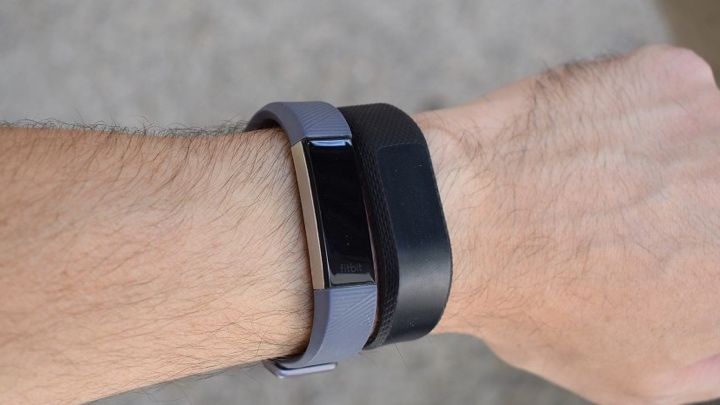
With this area encompassing so many different devices, it’s hard to crown one company the winner when it comes to basic tracking.
What we can do is take a look at one example in which both compete, and see how they compare in the bigger areas. After all, although both of these companies offer devices that can handle the basics, there’s also much more on offer than just step counting.
Let’s take the Garmin Vivosmart 3 and Fitbit Alta HR as examples. During testing, we found that that resting heart rate on the Garmin was generally higher, while the algorithms would align this in the app at the end of the day.
In truth, it’s hard to establish different trends in how the likes of steps and calories are calculated, but the two do bring different propositions to the table in terms of wellness.
Essential reading: Garmin Vivosmart 3 tips and tricks
With sleep, we’ve found the difference in accuracy between the two brands is also minimal, but Fitbit does possess the power to use your heart rate to work out when you’re in REM sleep. As a result, Garmin users won’t receive the same insights on this front, but this also isn’t entirely surprising, given Fitbit’s push into providing more metrics and merging the feature across older devices.
What’s also interesting to note is the two companies’ approach to stress tracking. Fitbit uses Relax, which takes advantage of the onboard heart rate monitor, and HRV monitoring to detect changes in heart rate and offer personalised breathing options. However, this is only available in the Blaze and Charge 2. It’s a similar deal with Garmin’s stress tracking, with this also only available through the Vivosmart 3.
As we’ll explore below, Garmin’s ecosystem does allow for you to dig deeper into your own activity, if you so choose. And when it comes to fitness tracking basics, the Vivosmart family may not go toe-to-toe with Fitbit’s range in every matchup, but Garmin bolsters a number of heavy-hitting smartwatch options packed with sensors and features that a fitness tracker can’t compare to.
Garmin v Fitbit: Sports tracking
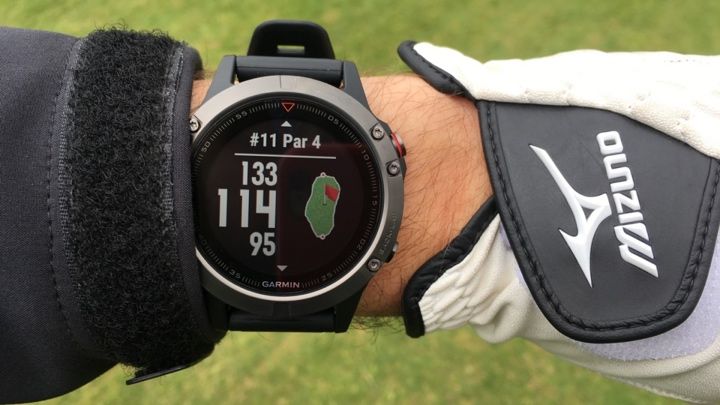
As you may have already gathered, those with ambitions to track a wider range of activities and receive deeper insights should knock on Garmin’s door.
But just how big is the gap between the two groups when it comes to tracking various sports? Well, while the likes of Fitbit’s Blaze and Charge 2 will give you dedicated modes for running, cycling and activities on the treadmill, that’s generally as far as it goes. And given the fact there’s no device with out-and-out GPS, only the company’s tethered ConnectedGPS, accuracy isn’t as exactly optimal. And Fitbit also only has one device, the Flex 2, that can tolerate swimming.
Of course, this isn’t necessarily bad for a line of fitness trackers, with users likely only wanting something to keep a light tab on their workouts.
But for those looking for a countless number of tracked activities, devices from Garmin’s Fenix or Forerunner range are worth exploring. Let’s take the Fenix 5 as an example here, since it sits at the peak of multisport watches.
Not only can you track the likes of running, trail running, hiking, cycling, swimming, skiing, rowing, triathlon training and more, but you can also do this with the in-built GPS or Garmin’s UltraTrac, which conserves battery to keep tabs on your activity over longer distances. Heart rate is also a mainstay within the higher end of Garmin’s range, giving you ample insights into heart rate zones and heart rate variance.
Garmin v Fitbit: Verdict
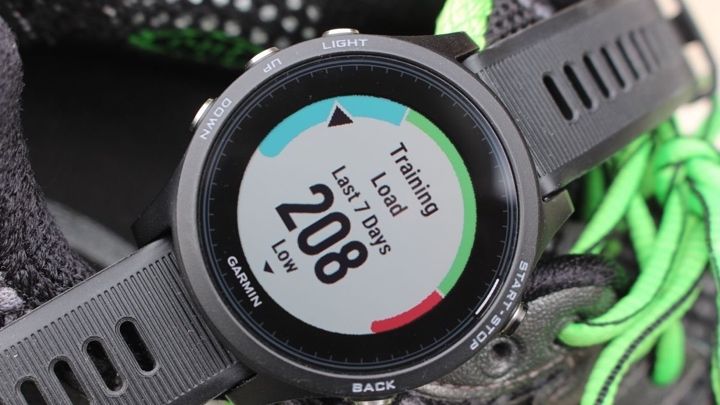
What you can be sure of, no matter which ecosystem you decide to delve into, is that you’re getting a good package.
Above, we’ve tried to outline the broad strokes of what both do well, but it’s clear that anybody in the hunt for a introductory device should first consider the range Fitbit has on offer. Chances are, if you’re looking to dip into this area, you’re more focused on health and wellness than personal bests and how long you spent in each heart rate zone.
That’s not to completely write off the Fitbit range as devices only suited to beginners, as there are some more advanced metrics and features available – VO2 Max and Guided Breathing, to name just two. You’ll also be on board for the company’s continued push into sleep tracking, and maybe even some benefits of its upcoming app store. With Fitbit, you’re receiving a more 24/7, lifestyle option that can weave between the different aspects of your daily life.
Essential reading: Guide to the Fitbit ecosystem
Whereas with Garmin, you’re generally being offered watches that are dedicated to exercise. Sure, you have the Vivosmart range which incorporates some wellness aspects, but by and large the company is aiming to provide you with the ultimate wrist companion for when you’re actually exercising. These aren’t the best looking watches out there, and they’re also not trying (or not trying very hard) to be; this is all about arming you with features, be it pre-run, during your run or post-run to give you a better insight.
As always, price is something you have to consider, too. While the notable members of Fitbit’s range begin at $99.95 and max out at the $199.95 mark, that barely makes a dent in Garmin’s family. If you want the latest from the Fenix or Forerunner series, your wallet will be roughly $500 lighter, and that’s a big financial commitment to consider alongside the ecosystem and general features on offer.
More Fitbit and Garmin
SOURCE:https://www.wareable.com/fitness-trackers/garmin-vs-fitbit
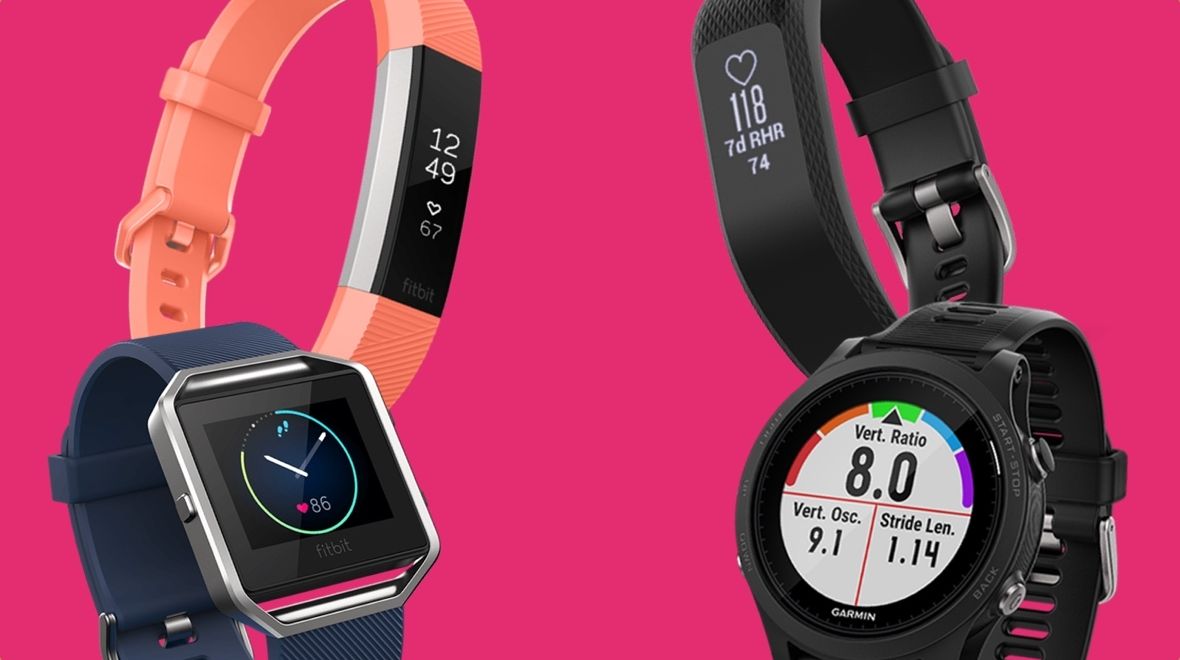
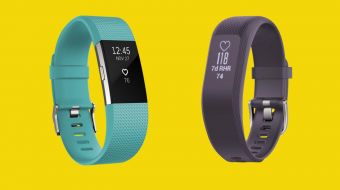 Vivosmart 3 vs Charge 2The all-rounders face off
Vivosmart 3 vs Charge 2The all-rounders face off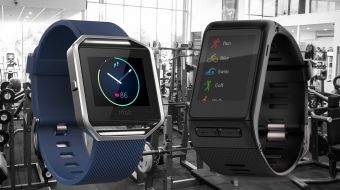 Vivoactive HR vs BlazeWhich device gets our nod for sports fans?
Vivoactive HR vs BlazeWhich device gets our nod for sports fans?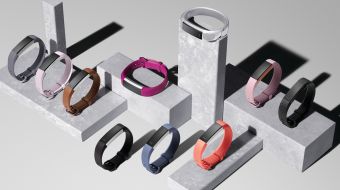 Choosing the right Fitbit So, you want to buy a Fitbit. But which one suits your style, budget and fitness levels?
Choosing the right Fitbit So, you want to buy a Fitbit. But which one suits your style, budget and fitness levels?